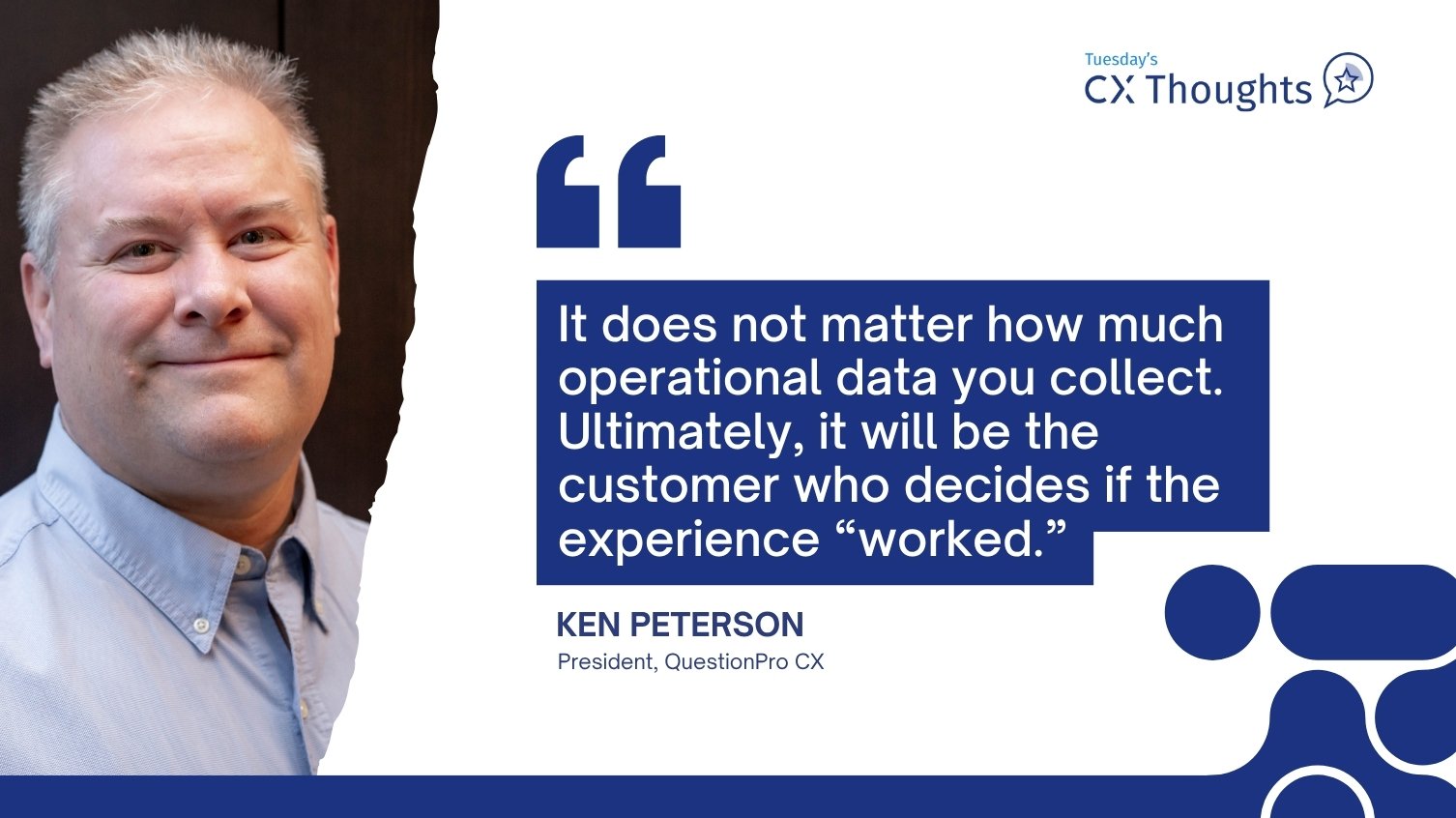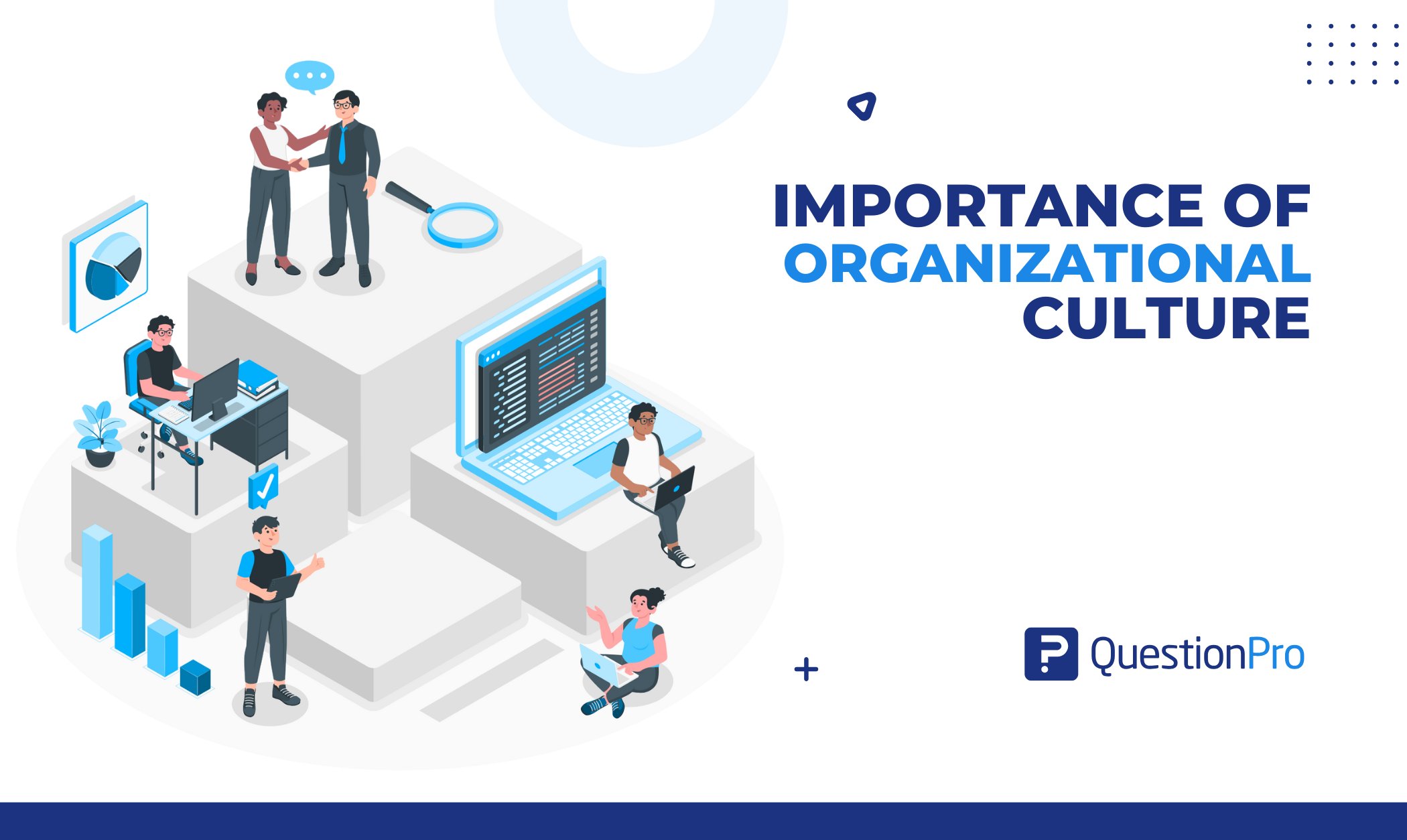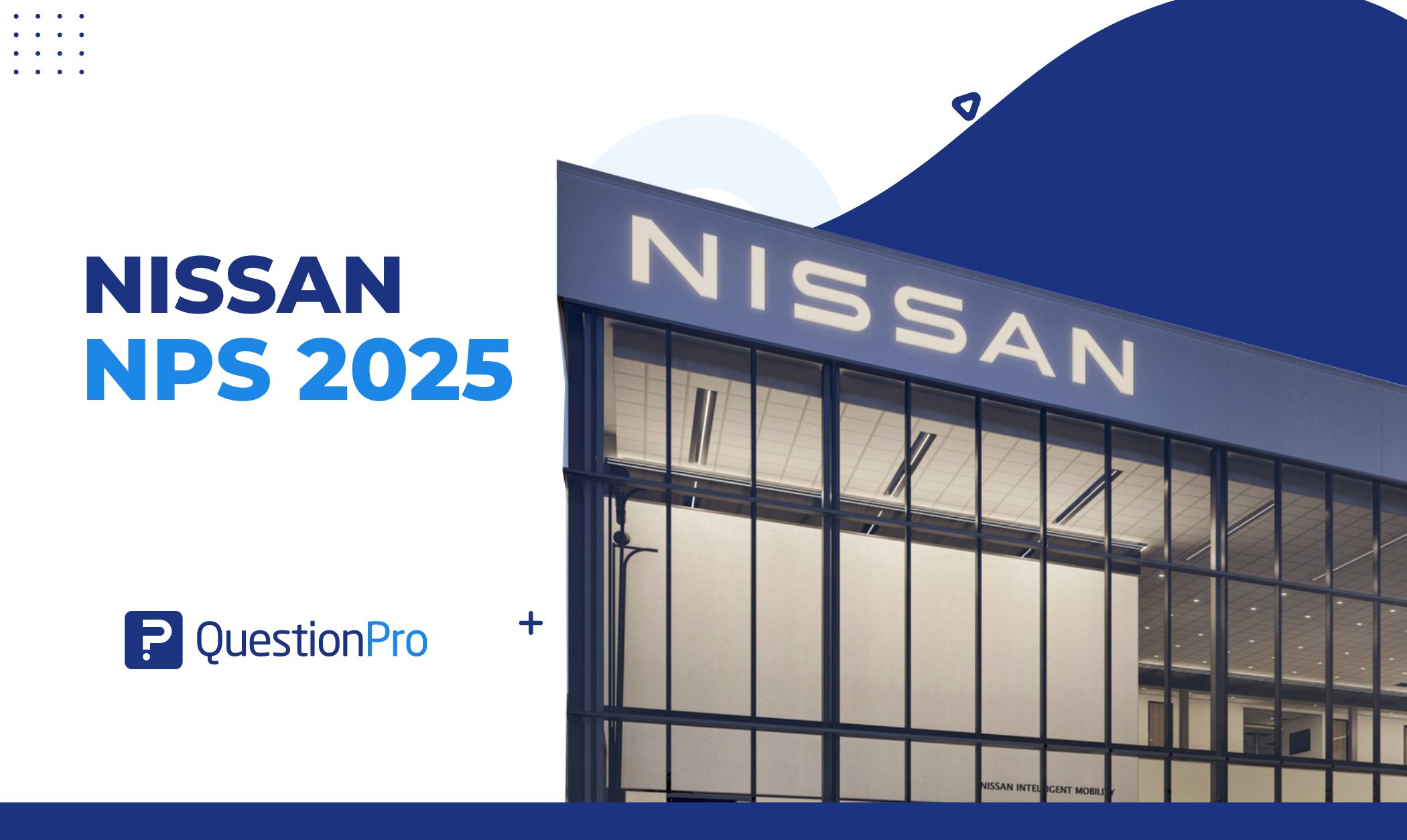
In this article, we will help you have a better understanding of demographic segmentation. You’ll learn more about its definition, application, advantages, disadvantages, and more relevant details that will help you know how to implement this research technique.
What is demographic segmentation?
Demographic segmentation is made up of two words. The word demography is derived from the Greek word “demos,” meaning people and the English word “graphy,” which means “the study of.” When these two words are combined, they mean “the study of people.”
In market research, however, there is a slight deviation in the usage of the word. Marketing defines people who form a specific market for a product or a service based on demographics. It is essential to know demographics to study the market space.
Demographic segmentation definition
Demographic segmentation is defined as a market segmentation method based on variables such as age, gender, income, etc. This segmentation helps organizations understand consumer behavior accurately that in turn, helps them perform better.
Demographic attributes like age, sex, gender questions, religion, and educational qualification, play an essential role in research. Whether it’s to launch a new product or introducing changes or implementing new services, businesses need to stay on board and up to date with this ever-changing market.
Therefore, the study of how population-based demographic segmentation behaves towards changes in products or services is essential. This aspect helps businesses stay ahead of their competitors and perform better.
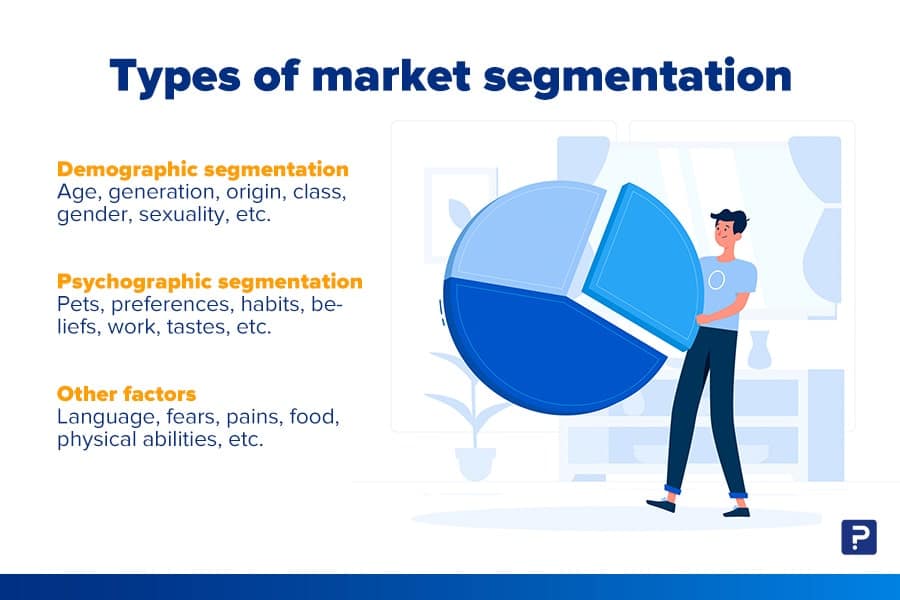
Types of demographic segmentation
One of the types of segmentation that is closely related to demographic segmentation is geographic segmentation.
Within demographic segmentation, there are several variables:
1. Demographic segmentation based on age: One of the most important variables for demographic segmentation is age. A generation is a set of people who were born during the same era, grew up with the same type of experiences with some geographic segmentation.
For example, baby boomers are those born between 1946 and 1964. People born in this generation have certain similar characteristics and thought processes. People in generation X were born between 1965 and 1981.
Therefore, if your market research is targeting baby boomers and generation X with the same strategic planning and asking the same questions, it is likely to get inconclusive results as there is a big gap between how these two generations think and act.
2. Demographic segmentation based on gender: Men and women have differences in how they perceive the ways in which the market works. Even market researchers are very clear about the difference in the reasoning of the two groups and for this reason, make gender-specific products.
For perfumes, clothing, shoes, and even cars there are gender specifications that product manufacturers understand and work based on those specific needs.
3. Income-based demographic segmentation: Income is also an important variable, as it helps determine product pricing. Most manufacturers take the demographic segment into account when pricing the product.
However, there are other manufacturers that only focus on the higher-income segment of society. Cars, technology, clothing, etc. are created more specifically for these segments as they prefer luxury over anything else.
4. Demographic segmentation based on religion, race, and nationality: Alcoholic beverages have a very limited reach in Middle Eastern countries, leaving room for soft or carbonated beverages due to the hot climate. Brands around the world have large-scale advertising campaigns.
With the increase in international business, these brands have created campaigns that better suit religious beliefs, and even nationality, and make sure not to hurt anyone’s feelings. With the increase in the geographic area of business, there is also an increase in demographic segmentation based on religion, race, and nationality.
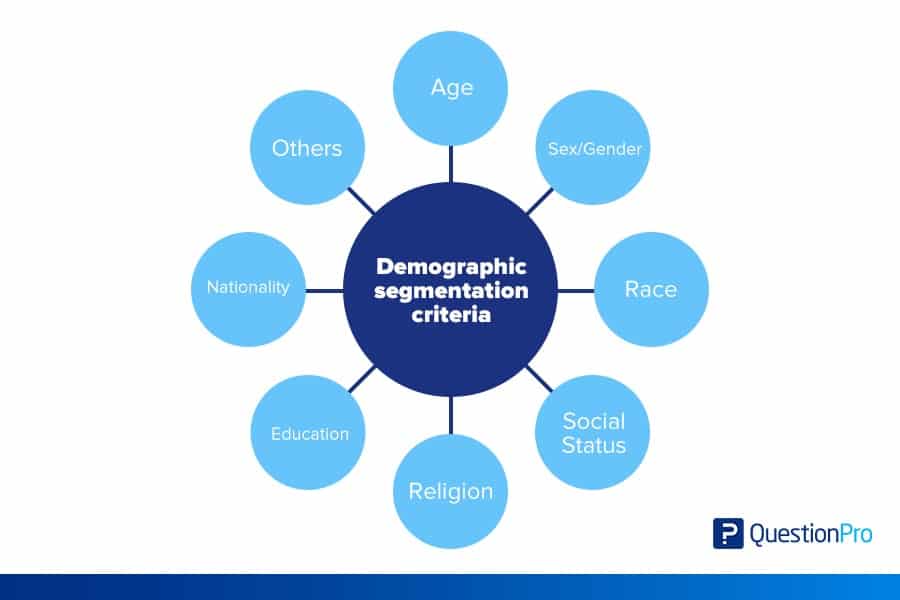
Importance of demographic segmentation in marketing
Why is demographic segmentation necessary? Demographics are essential in marketing and marketing research and here’s why:
Market segmentation is vital as it helps you reach your potential consumers easily. You can refine the messaging style to suit the type of audience you wish to engage by targeted market segmentation. Targeting customers accurately at the right time yields rewards.
You can quickly achieve high conversation rates, boost your sales, and earth greater profits. Appropriate targeting results in brand loyalty through customer satisfaction. Demographic segmentation in marketing helps stratify individuals and is an excellent tool for mass marketing.
Advantages and disadvantages of demographic segmentation
Demographic segmentation has multiple characteristics that allow its use in various types of studies, however, there are some particularities to take into account to decide if it is the right one for you, below we share the advantages and disadvantages of using this type of segmentation in your projects.
Pros of demographic segmentation
1. Easy to find: It is accessible and easy to use. For example, government censuses are available in most countries.
2. Identify potential market: When an organization looks at the demographic segmentation, it focuses on the people who are most likely to buy a product. This helps in identifying the target market.
3. Marketing: Demographic customer segmentation helps organizations in developing market outreach for better marketing strategies.
Cons of demographic segmentation
1. Assumptions: Demographic segmentation is based on the assumption that consumers in the same demographic analysis group will have similar needs.
For example; not everyone in their 30s will have the same needs when it comes to buying a mobile phone. Some might want a high-resolution camera, others might want storage capabilities, better speakers, etc.
2. Constant changes: Behavior is never constant. Marketers cannot collect demographic data once, and use that same information for years. Because the population changes. Census data is updated every year. This information must be collected constantly to get a real scenario.
Segmentation vs Targeting
Let’s be clear about this common confusion between segmentation and targeting. We’ll help you learn some of the key differences described below:
A segment is a place where potential targets reside, while a target is a part of the segment.
Segmentation helps marketers define a population and choose targets from these segments.
You do not need a target to define a segment, but you can zero down on a target after choosing segments.
Segmentation is the first step in the process of product promotion. Targeting is the second step that you can achieve only after performing segmentation.
Free demographic segmentation template
Leverage your demographic segmentation with this free template.
With QuestionPro you can create surveys using segmented samples to obtain relevant information that will positively impact your project.




